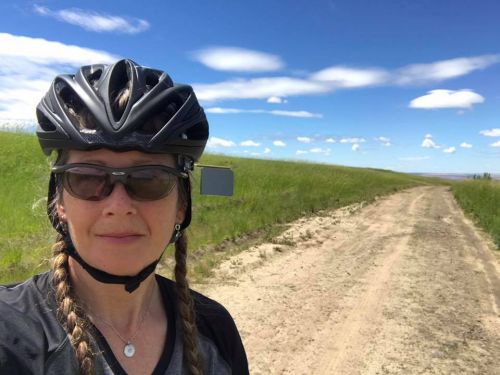A version of this feature ran in the April issue of BRAIN.
BOULDER, Colo. (BRAIN) — For our April magazine edition, we asked our State of Retail panel members: What are the most profitable categories in your store currently, and have they changed since COVID-19? Which categories have you dropped or added?
BOISE, Idaho: Jason Bauer, owner Bauerhaus Bikes

Our most profitable categories have stayed relatively the same since before COVID. They are service parts like brake pads and rotors, cables and housing, and drivetrain components. Our customers wear out these parts frequently, and some of our clientele found themselves with more time during the pandemic; therefore, they’re going through wear parts quickly. The category that we’ve dropped is e-bikes because there’s an initial lower margin with the boutique brands, and they require more urgent and time-consuming service. We’re not looking to add new categories, but we’re looking for small companies that create demand among our customers. We've always done this, but COVID forced us to look for creative solutions even harder. Some of these ancillary companies that were able to meet demand or find a new niche really earned a place in our shop.
WALLA WALLA, Wash.: Kathryn Austin, owner/manager Allegro Cyclery
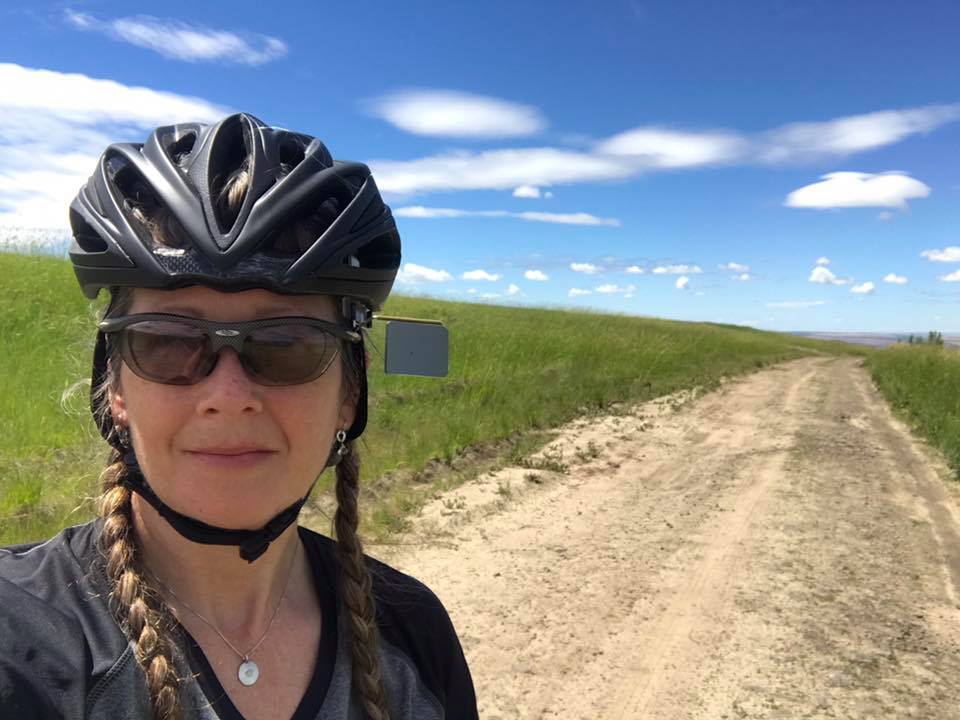
The most profitable categories now (the slow time of year) are service and gravel bikes. We hold a winter service special, and that is what helps us stay open during the lean months. We have a number of bikes on sale, but we've sold a number of gravel bikes at regular price, which tells me that people aren't necessarily just looking for "a good buy."
Some of our helmet lines didn’t turn around at all last season, and we won’t be reordering them, realizing that we need to simplify our product line. In the past, customers really liked having options, but now a lot of those options are not selling. Other than that, rather than dropping product lines, we cut back, canceling a number of preseasons, like other helmet lines, apparel, hitch racks, and various other accessories. E-bike sales have not been good since last summer, but we've added full suspension e-bikes for sure and have increased the number and variety of other e-bikes.
MOBILE, Ala.: Brad Burton, owner Cadence120 Bicycles
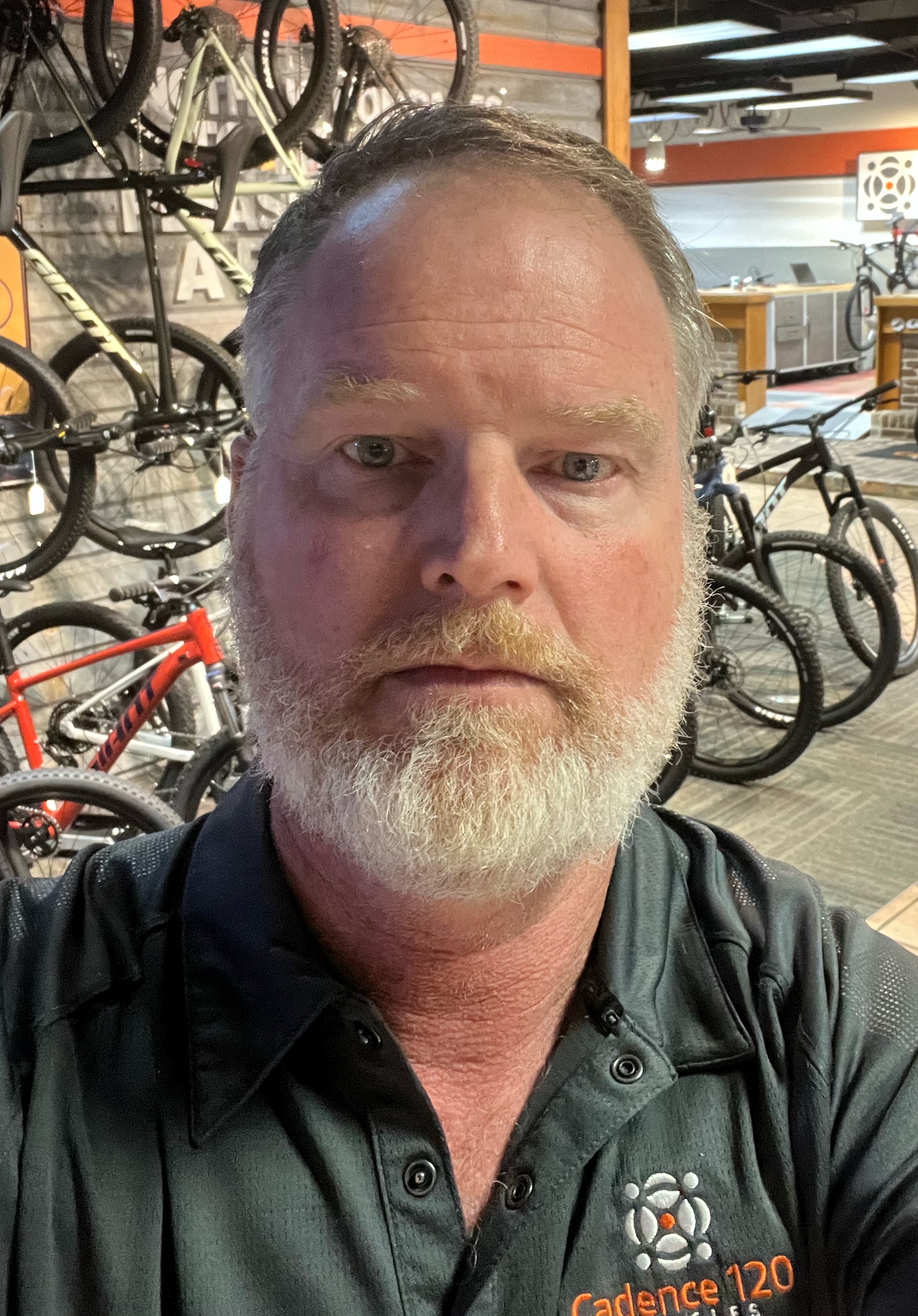
Parts and accessories are our most profitable categories. They were before COVID-19 and will continue to lead profitability in our store. We have not dropped any categories since the pandemic started because all categories help with contribution margin. We have not added any new categories either but have increased our commitment to inventory in e-bikes. Demand for e-bikes continues to surpass all other categories.
STAMFORD, Conn.: Julie Gabay, owner, president, buyer Pacific Cycling & Triathlon

Our most profitable categories are bike service, bike fitting, and custom bike builds. Custom bike builds have increased for us since the pandemic began. We have stopped stocking kids bikes and low-end mountain and hybrid bikes. Most bike companies have an overage, so we can always “just in time” order when a customer wants a specific model. We used COVID to really assess what we sell the most of, what we like to sell, and how we want to be positioned in the marketplace. We have added more higher end accessories and parts, and they are doing very well. For example, we sell more upgrades for wheels and parts. Instead of buying a new bike, customers will upgrade things to give their bike a fresh look or to drop weight.
MASSILLON, Ohio: Molly Lehman, marketing manager Ernie’s Bike Shop

Our customers have inconveniently decided that the most popular categories aren't necessarily the most profitable ones. Our best-margin items haven't changed much since COVID: tires, tubes, and other small parts remain the champs. Also, we're always working to protect the profitability of all our categories. One way to do that when we have excess product is to offer sales spiffs to our staff instead of discounting. It preserves our margin, and it rewards good sales practices.
While we are amid doing some culling of the COVID bloat, we're looking more at individual products and less at category-wide cuts. We have pared down the size of categories like pedals, seats, and pumps, and eliminated a clothing line to keep things more manageable.
We've always valued a pretty darn diverse showroom, and bikes on our sales floor have traditionally shared space with skateboards, scooters, disc golf supplies, wagons, sleds, and exercisers, just to name a few. While we haven't added any new categories outright in recent years, we have certainly expanded our selection of e-bikes, and we've also seen growth within the car-rack category as customers look for ways to transport their e-bikes.
HOPKINS, Minn.: Jonathan Minks, owner Jonny Rock Bikes
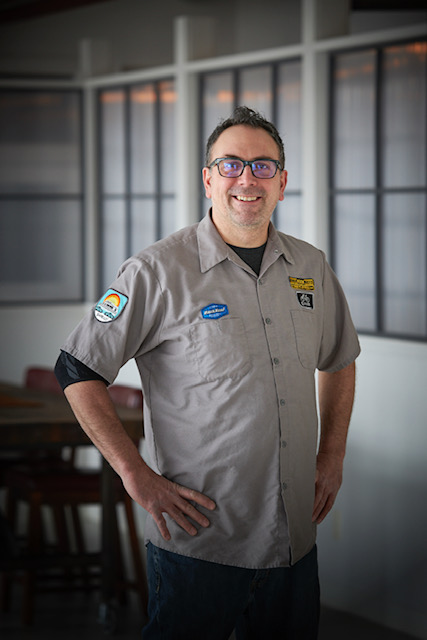
We pride ourselves on being that local bicycle shop that will help you, no matter what you're looking to get and regardless of how much you're spending. We sell mostly hybrid and entry- to mid-level mountain bikes, including a lot of used bikes in these categories. Our hybrid category has always been the largest percentage of our sales, year after year, though we have seen trends where in some years we sold more road bikes than typical.
BMX is a category we’ve dropped because prices are very aggressive for purchasing online. I recently saw Menards, a local hardware store chain, selling BMX bikes for $99 shipped to the store. We completed about 90 direct-to-consumer electric bicycle box builds in 2022, so in 2023, we are trying to get more entry-level, sub-$2,000 e-bikes in stock.
BROOKLYN, N.Y.: Ilya Nikhamin and Kasia Nikhamina, co-owners Redbeard Bikes
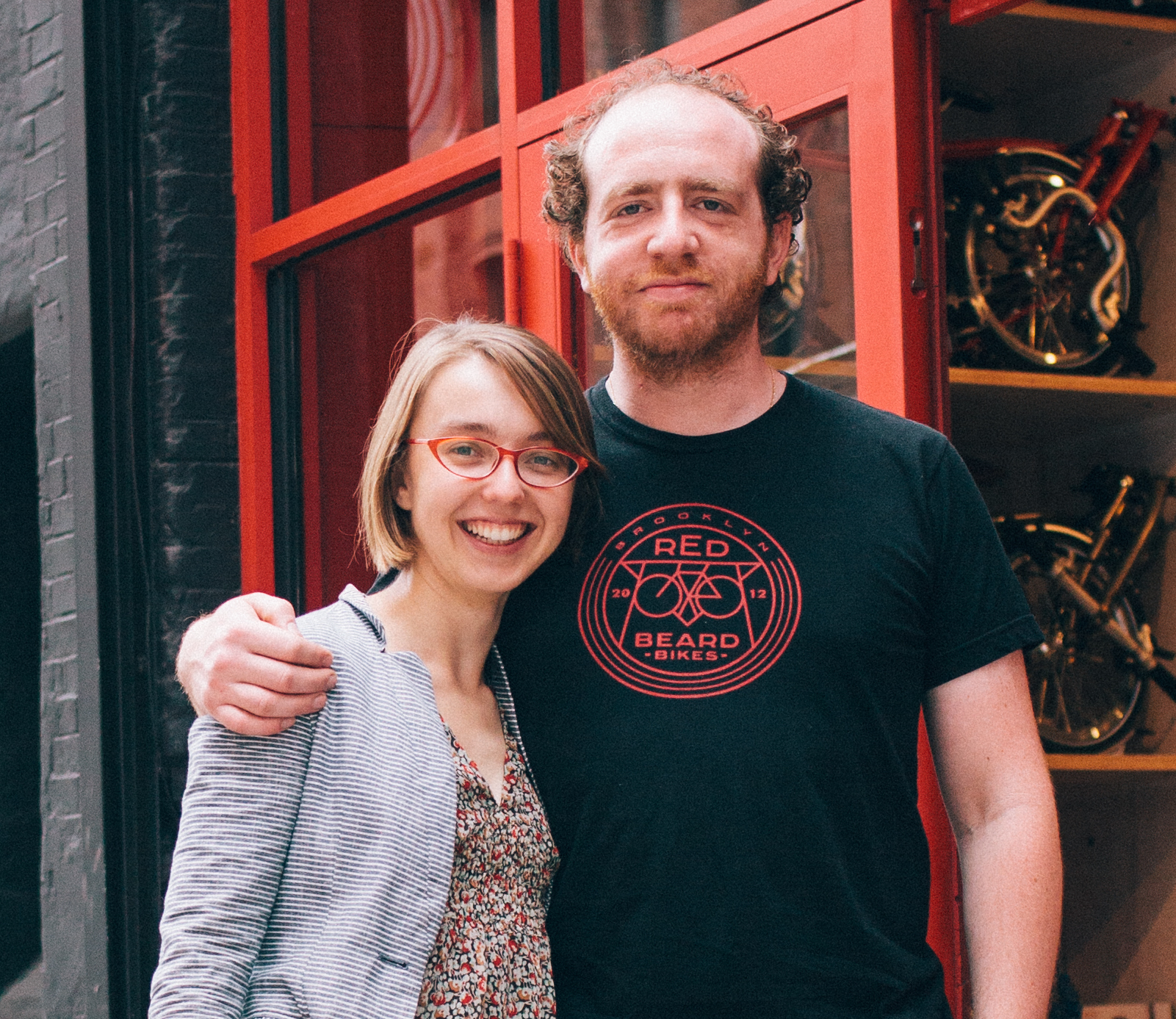
Our skilled labor is our most profitable offering. We were already moving toward an appointment model before the pandemic, refining our scope and cutting out categories so we could focus on bike fitting, custom builds, and bike service. Custom builds are time-intensive, but they result in a lower volume of clients, which is easier for us to handle as a two-person team. In 2023, we’re switching to an hourly rate for service. We’re focusing on bike fitting and custom builds. We’ve also started experimenting with custom vinyl and titanium etching. We etched a Spurcycle bell for a wedding — a gift for the ring bearer.
In recent years, we’ve dropped apparel, eyewear, nutrition, and ready-to-ride bikes. We wanted to be a full-service, one-stop shop for our riders, but frankly we got tired of competing with brands who use indie shops to raise awareness, then compete directly with those shops for sales. A consumer-direct apparel brand can offer free shipping, returns, endless cuts, colors, sizes, etc., because that’s all they do. With nutrition, we see many people order through places like The Feed, an online nutrition retailer.
ENCINITAS, Calif.: Will Schellenger, owner El Camino Bike Shop
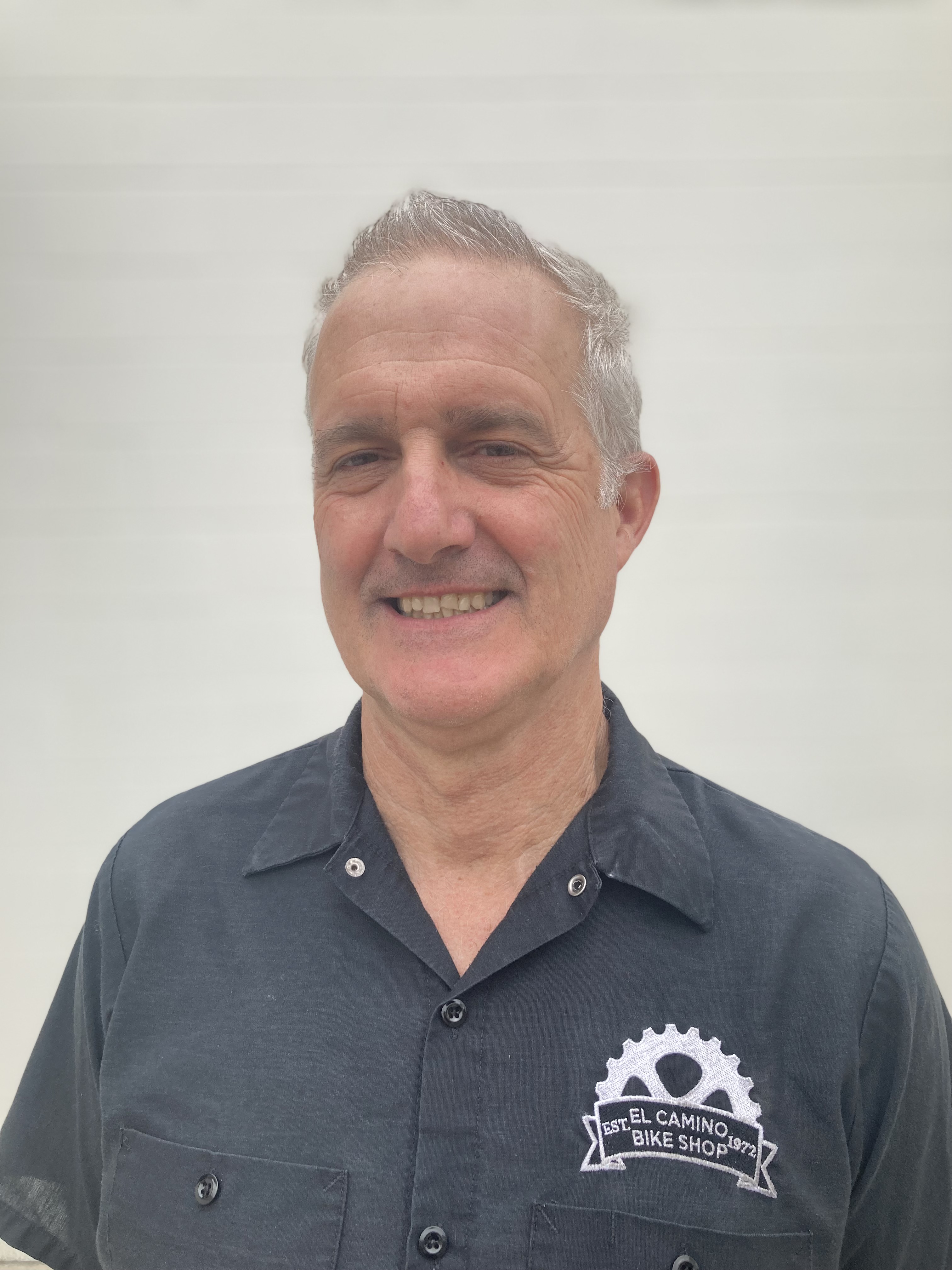
E-bikes and service are currently the most profitable categories in our store, and that is the same as pre-COVID. The only difference is that it’s not the same volume as it was then. Sadly, BMX and comfort bikes are no longer viable in the store. The 12- to 14-year-old who once rode a BMX bike is now riding a Rad Power e-bike. Same goes for the comfort category. Those folks have all moved to electric power and no longer want a simple pedal bike. So, we have continued to add different categories of e-bikes. Some have done well and others have stagnated. The e-mountain bike category seems to be growing, and we are considering adding some e-road bikes to the mix.
BRADENTON, Fla.: Paul Tobio, owner Ryder Bikes

Our major profitable categories have remained relatively consistent since before the beginning of COVID-19. Service clearly makes up the most profitable area, but leveraging the service area helps to drive profit. Tires, tubes, chains, freewheels, cassettes, and cables add to the profitability of the shop. We are very focused on no "naked" bikes rolling out the door — add profit to the bike sale. Categories that have made a major impact for us here are water bottles and cages, lights, locks, pumps, and kickstands. On the clothing side, profit is driven by helmets and gloves.
It is hard to just drop a category — someone always wants or needs something from a category. We find that when a category is not working, it is more about the mix of product or the vendor that is the problem. We review all of our suppliers every year and make changes to our mix of vendor offerings.
We made a large investment in adding electric bikes to the shop starting at the beginning of 2020 (pre-COVID), and with the bump in demand, we have seen this category flourish. We are expecting this category to more than double this year.

